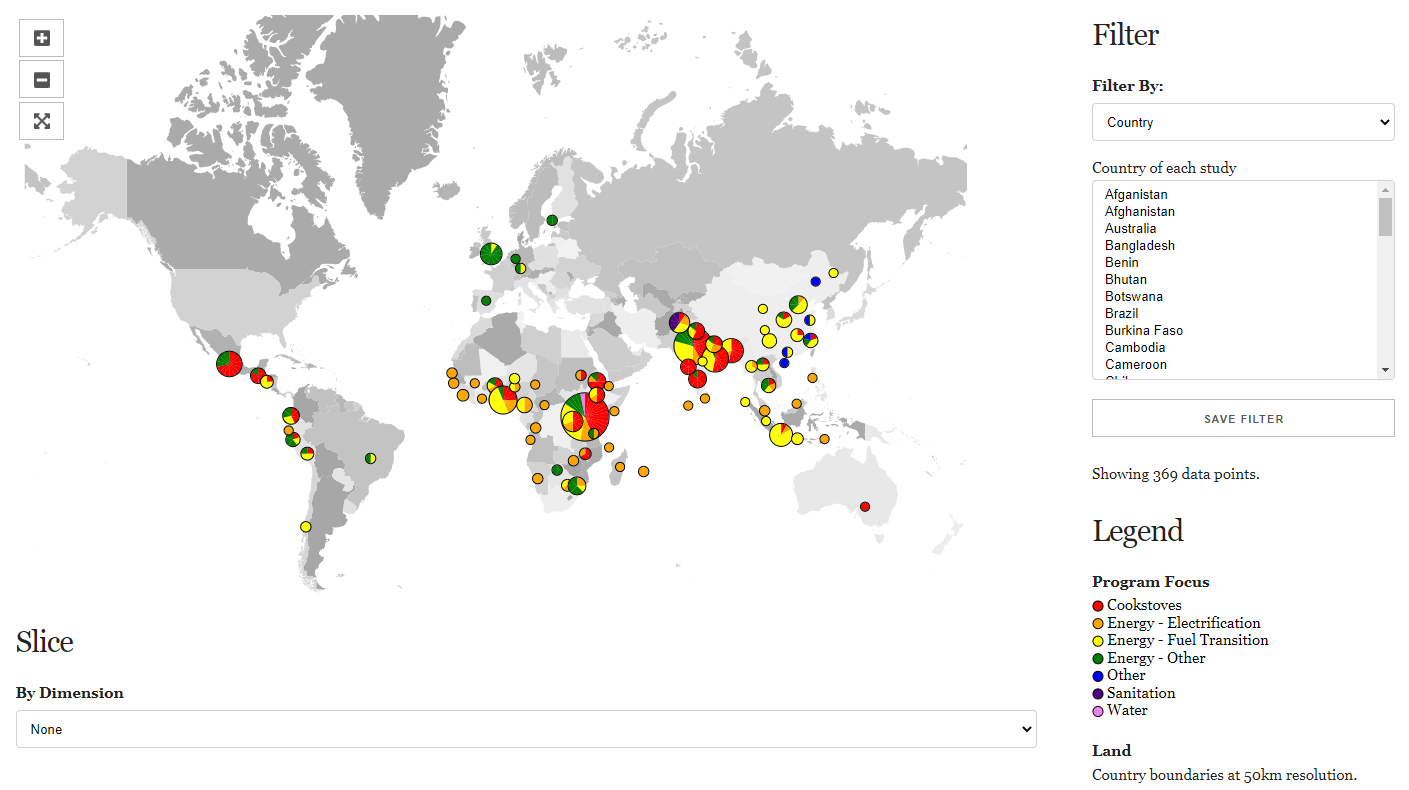 Source: Yayasan Dian Desa / World Bank Indonesia Clean Stove Initiative team
Source: Yayasan Dian Desa / World Bank Indonesia Clean Stove Initiative team
Cooking is a vital daily activity for families around the world, yet 2.8 million people lack access to clean cooking fuels and technologies (SDG7 Tracking Report, 2020). While we have known the scale of the problem over the last decade, the sector has lacked deeper insights to guide policy makers and practitioners. Cooking behavior is complex and highly contextual: it is a development issue affecting health, environment, climate change, and gender equality. Only when we understand the obstacles, gaps, and needs in this sector can we work towards developing appropriate and sustainable solutions.
Our solutions to the challenges of transitioning to clean cooking require evidence- based data that measures the scale and scope of the challenges while planning future policies.
What is the new data from the report and who can it help?
The World Bank’s recently published report on the State of Access to Modern Energy Cooking Services offers a refreshing approach to the problem– it builds on new data sources and surveys to construct an in-depth analysis of global trends, insights and modelling a way forward. The data also estimates the negative impacts and costs of inaction, the state of access and demand, the supply landscape, and the financing gap and investment needed to push us forward if we want to achieve the SDG 7 goal by 2030.
Cost of inaction on health, climate and gender
The report estimates the cost of inaction and places a dollar value to the challenge before us. The longstanding lack of clean cooking continues to pose negative externalities for health, gender and climate, costing altogether US$ 2.4 trillion a year. At the regional and country level, the specific costs of inaction are calculated for health impacts linked to household air pollution, gender inequality (in terms of lost productivity for women), and climate impacts from inefficient fuel production and consumption.
Understanding demand through Multi-Tier Framework Household Survey Data
Granular data from the multi-tier framework household surveys help us understand the demand side - household cooking practices, energy and technology use, decision making, financial constraints, and socio-economic status. The report shows, 4 billion people lack access to modern energy cooking services i.e. clean, efficient, affordable, convenient, available and safe solutions. Over the past decade, the number of households with access to clean fuels has increased in absolute value, as well as the number of households cooking with less clean fuels.
Mapping the global supply chain
Data on the geographic distribution of the nascent global supply chain for cooking draws upon – designers, manufacturers, distributers, retailers, country or regional programs, and initiatives. This comprehensive database is further organized by types of cooking fuel, types of organization, country of operation and headquarters. The Players and Initiatives Database transforms this dataset into an online tool featuring a map of the geographical spread, searchable datasets, with options both to download and contribute to the data. The dataset is not an exhaustive list but a starting point to help stakeholders understand the landscape and see what is currently underway, building up a per household-based, country-specific knowledge.
Investment costs and a transition pathway
We have data to help us find the path to transition households to better access by 2030. The report develops new analysis at the country level to estimate the investment costs for households to transition, reflecting local users’ needs and local market conditions (using a least-cost, best-fit approach). There are two scenarios modelled. In the first scenario, households without access achieving universal access to modern energy cooking services by 2030. The second scenario takes a more pragmatic and less ambitious approach of transitioning households without access (in Tiers 0 and 1) to basic cooking technology improvements (at least Tier 2). Building on this model, we will develop an online clean cooking planning tool to support decision makers at the country level with estimates of the investment costs and a contextualized pathway forward.
What can researchers use?
Evidence Map of the literature
A systematic literature review shows that transition interventions in modern energy cooking have lacked sufficiently rigorous methodology, including integration of counterfactuals, and evaluation protocols. We have an evidence base of 160 studies on the drivers and barriers of the modern energy transition in low- and middle-income countries. These studies are compiled in the first-ever interactive geo-map produced by studies in the field of modern cooking energy. This map is designed to allow for additions over time and can be searched and sorted by program focus, country, and details of the article such as year of publication, study sample, study start date etc.
What’s next?
Through the Energy Sector Management Assistance Program’s (ESMAP) Clean Cooking Fund and website (www.energydata.info), these datasets are now available to the public. We encourage WB country teams, policy makers, researchers, civil society, and enterprises to use this data and analysis for their work in the sector. We also request stakeholders to contribute to databases such as the Players and Initiatives Database and the Evidence Map. The Knowledge Pillar of the Clean Cooking Fund will continue to work with partners- such as the MECS Program and the Clean Cooking Alliance - to build the data, analytics and evidence that will help push this sector forward with the aim of achieving the SDG 7 goal by 2030.
To learn more about datasets, models and analysis for the cooking sector, please see the State of Access to Modern Energy Cooking Services report.
Subscribe here to stay up to date with the latest Energy blogs.






Join the Conversation